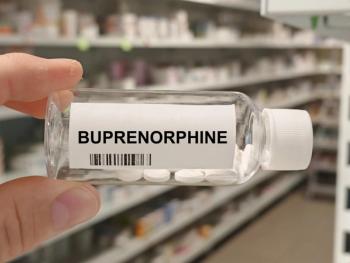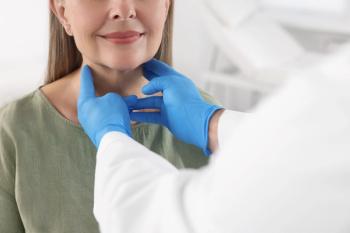
What Pharmacists Should Know About the Abilify MyCite Pill
With the smart tablets coming to market in 2018, it is a good time to explore how the technology behind the product works.
The
The product is called Abilify MyCite Pill. The patch and sensor are manufactured by Proteus Digital Health, and the aripiprazole is marketed by Otsuka Pharmaceutical Co, Ltd. The ingestible biosensor indicates when the tablet dissolves in the stomach by transmitting a signal to a patch worn on the patient's abdomen, which then communicates through a smartphone to track adherence. These data can also be seen by others, such as health care providers, through a virtual platform. Proteus Digital Health has been using these sensors for some time, and several clinical studies have been published. However, the limiting factor has been that patients needed to take this sensor along with their medications to demonstrate adherence.
Nonetheless, the aim of this technology has been to embed the sensor in a tablet or capsule along with the medication. Otsuka Pharmaceutical had taken an interest in this technology and applied in 2015 for a new drug approval and patented the MyCite trademark. However, the FDA in 2016 rejected the application because of a lack of data. This has been remedied, leading to the application's approval. The issue though, as seen in the prescribing information,2 is that MyCite is not indicated to improve adherence under limitations of use. It says that the ability of Abilify MyCite to improve patient compliance or modify aripiprazole dosage has not been established, and its use to track drug ingestion in real time or during an emergency is not recommended, because detection may be delayed or not occur.
With the product coming to market, it is a good time to find out how the prescription for this product will come through, if it will be a specialty medication, and who is responsible for helping the patient set up the device and application.
This useful
So, how do these patches work? Users must clean the area and then place the patch on the left side of the abdomen just below the rib cage or basically, over the stomach. This patch can remain in place up to 7 days, after which it must be replaced. Each box comes 7 patches, so I assume this is to make up for any that fall off or do not adhere correctly. One question I have is how do patients get additional patches. Interestingly, almost 13% of patients complained of skin rashes associated with the patch in clinical trials.
Other questions that have not yet been answered is what role will pharmacists play with these type of devices and other smart-enabled medications coming to market. We are seeing an influx of several smart-enabled devices, such as inhalers and potentially injectables (eg, insulin pens), that may be quite similar to Abilify MyCite, enabling tracking of adherence performance in patients. Another concern is who will be responsible for managing these data? Will it be providers or pharmacists who have the data and are expected to encourage patients to be adherent? Conversely, what happens if a patient is nonadherent and that leads to a negative health event. Will those who have the data be held responsible?
References
1. FDA approves pill with sensor that digitally tracks if patients have ingested their medication [news release].
2. Abilify MyCite [prescribing information]. Tokyo, Japan: Otsuka Pharmaceutical Co, Ltd; 2017. accessdata.fda.gov/drugsatfda_docs/label/2017/207202lbl.pdf. Accessed November 17, 2017.
3. Otsuka. Introducing Ability MyCite.
Newsletter
Stay informed on drug updates, treatment guidelines, and pharmacy practice trends—subscribe to Pharmacy Times for weekly clinical insights.


















































































































































































































